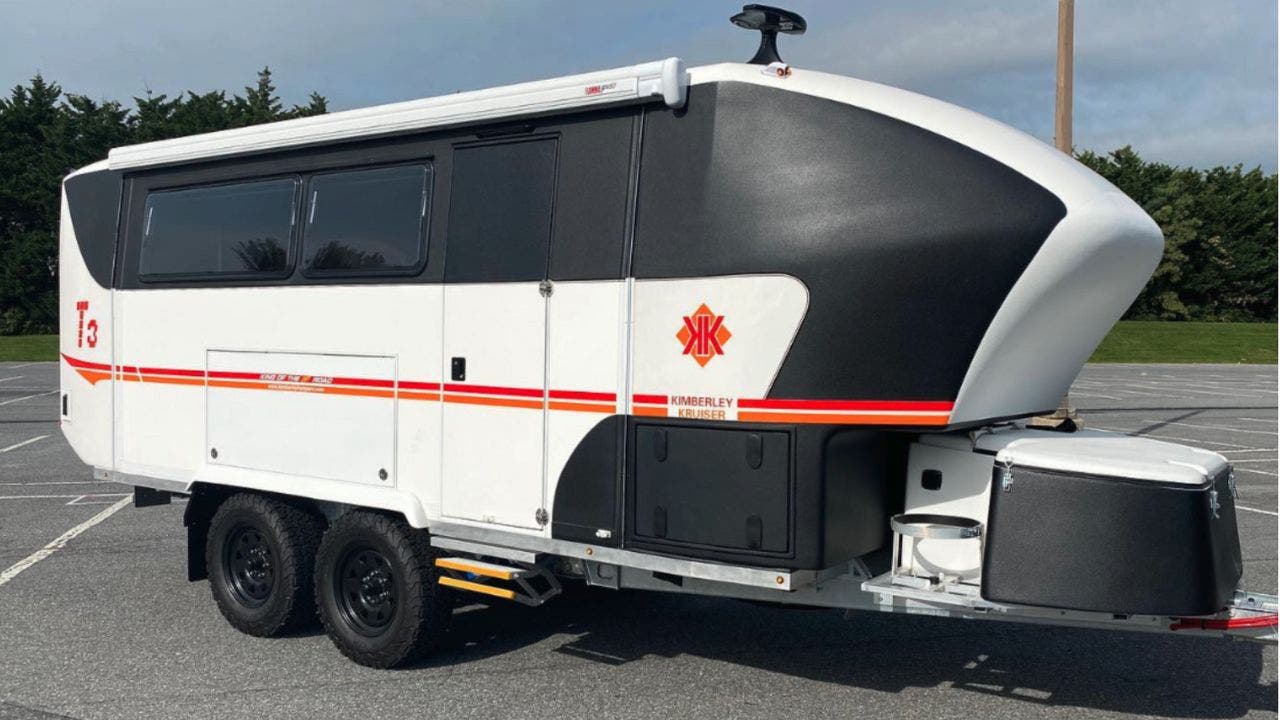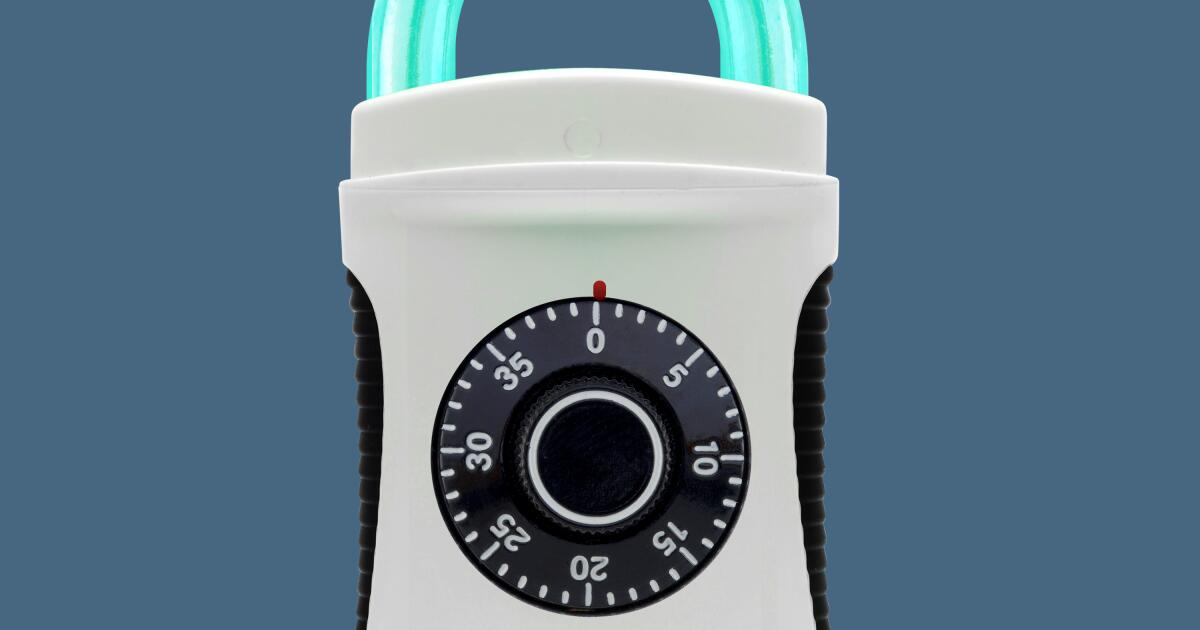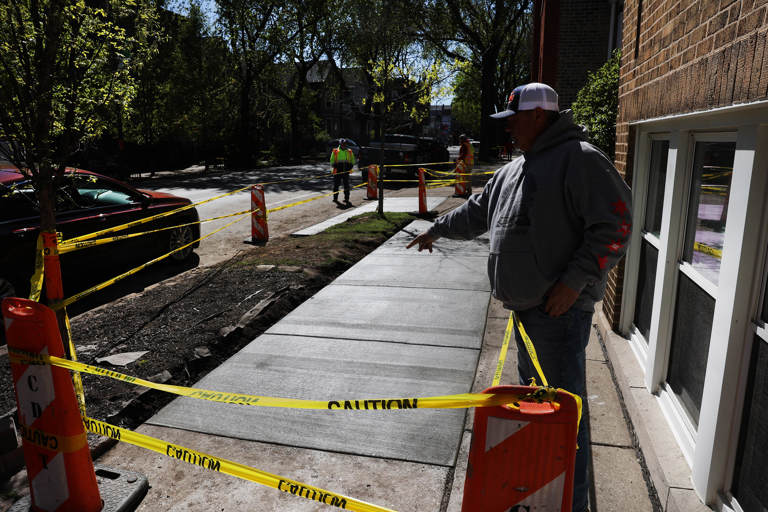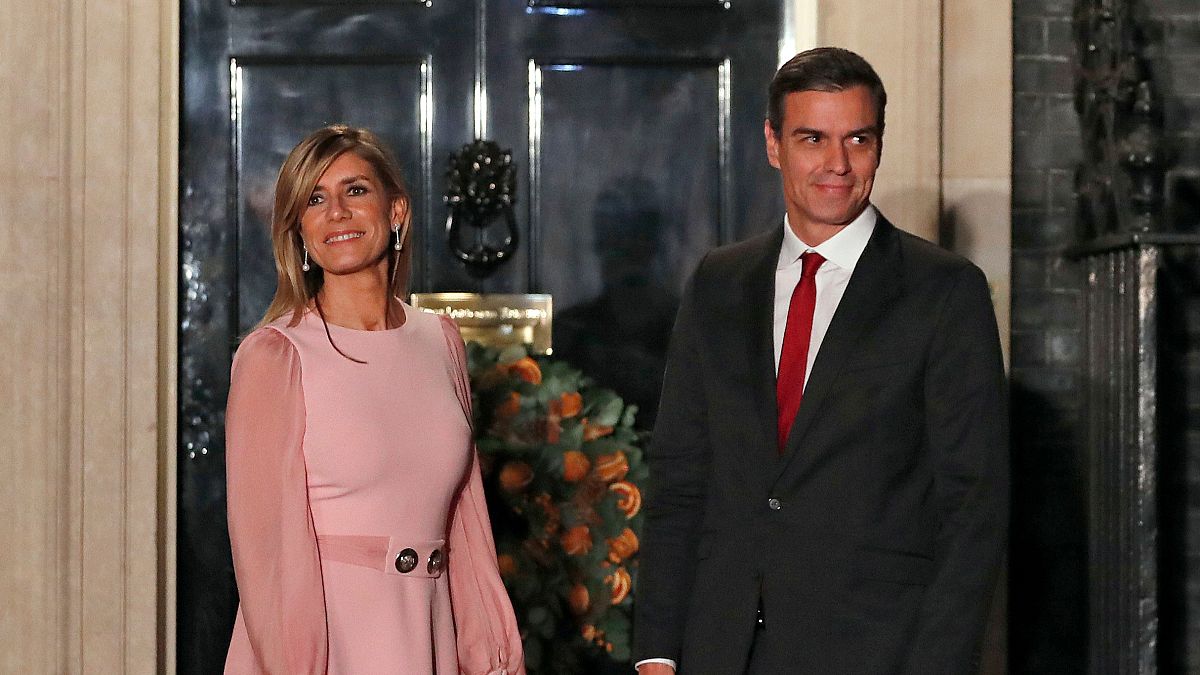Idaho
Idaho’s physician shortage is here. Here’s what we can do about it. – Idaho Capital Sun

I love living in Coeur d’Alene. I graduated from Lake City High School, and when it came time to start a family, my wife – born and raised in Coeur d’Alene – and I were intentional about doing so where we grew up.
I’ve known from a young age I wanted to pursue a career in health care and that passion caught flame within the halls of my hometown hospital, Kootenai Health. I have both received care at Kootenai Health (appendix removal as a teenager) and have provided care in a number of capacities. First, as a nursing assistant in the emergency department while an undergraduate student, then as a fourth-year Idaho WWAMI medical education student, and today as an internal medicine hospitalist and emergency medicine physician.
At Kootenai Health I also carry the title of regional medical director of virtual care and the transfer center. Overseeing the virtual care program means I ensure local and rural populations have access to services they desperately need such as psychiatry, infectious disease, cardiology and rheumatology. As medical director of the transfer center, I help ensure timely transfer of the region’s sickest patients and strengthen relationships with our rural partners.
From this vantage point, I see the strain the physician shortage has on Idaho’s health care system and, more importantly, Idaho residents, including my own friends and family. The physician shortage is not just a rural problem, but a state-wide problem and one we are experiencing in Kootenai County as well. It is complicated to address and requires a multi-prong approach to remedy. Two solutions where I see promise are investing in Idaho WWAMI medical education and a virtual care approach to medicine.
Idaho WWAMI medical education: A pathway to practicing in Idaho
Supported by the state Legislature for 51 years, Idaho WWAMI is an established partnership between the University of Idaho and the University of Washington School of Medicine. It allows Idaho residents to attend a world-class medical school in their home state for in-state tuition.
As an alum, I can attest to receiving superb medical training in a wide variety of medical settings: from small primary care clinics in Lewiston, Moscow and Plummer, to surgery at the Boise VA, to neurology and palliative care here at Kootenai Health. Through immersive training experiences and clerkships, Idaho WWAMI students gain exposure to medical care in rural settings. This is important because medical students who train in rural sites are twice as likely to practice medicine in rural areas. Even if Idaho WWAMI students end up practicing in Coeur d’Alene, their medical school education helps shape their sensitivity to patients who live in rural Idaho, as well as their colleagues who practice there.
Kootenai Health has been a clerkship site for Idaho WWAMI since 2005 and is also home to the only family medicine residency in North Idaho, which prepares physicians to work in rural or urban settings. Most of the residency graduates stay in Idaho (20 out of 36 graduates are practicing in-state), just like most Idaho WWAMI alum opt to practice in the Gem State (51%, which is well above the national average of 39%). WWAMI medical students train where they were raised and as a result have a higher rate of practicing here, too. I’m proof the Idaho WWAMI physician pathway works.
Virtues of virtual care
Despite Idaho WWAMI’s decades-long presence in the state, Idaho faces a physician shortage, recently made more acute by factors such as burnout and baby-boomer retirement. Kootenai Health providers have always traveled throughout northern Idaho for patient care, but in recent years the demand has grown exponentially as these communities continue to lose physicians.
When I first started at Kootenai Health in 2020, I regularly worked in Orofino, almost three hours away. Today, some of my colleagues travel on a weekly basis to clinics as far north as Bonners Ferry and as far south as Grangeville. Depending on road conditions, it can be dangerous to make these trips. The time it takes to drive could be better spent seeing more patients, who face hardships themselves when commuting to in-person appointments. An appointment that requires a patient to travel is compounded by factors like requesting time off of work, child care, transport and costs associated with overnight travel expenses.
This year, the Idaho Legislature passed House Bill 162, the Virtual Care Access Act, to address the ongoing needs of Idahoans through virtual care. I applaud the Legislature for this decision to ensure the residents of Idaho are able to receive access to needed care. Virtual care covers a wide variety of care delivery modalities, including live video visits between a provider and patient, as well as asynchronous opportunities like paperwork submission and chart reviews. There are stipulations in place to ensure that a doctor-patient relationship is established; where that is not the case, in-person appointments would be encouraged. I’ve seen firsthand how virtual care expedites physician-patient communication without sacrificing level of care.
Idaho WWAMI medical education trains students to care for the communities which raised them. Paired with advances in virtual care, our homegrown physicians can help address gaps our health care systems are grappling with. Including more timely diagnosis, specialized treatment, and perhaps most importantly, better outcomes and quality of life for Idahoans.
GET THE MORNING HEADLINES DELIVERED TO YOUR INBOX

Idaho
One of America's 'fastest-growing companies' is in eastern Idaho, and it's celebrating 10 years of business – East Idaho News

Brandon Griffin designing an animated video course at Stukent in Idaho Falls. See how it works in the video above. | Rett Nelson, EastIdahoNews.com
Do you want to know what’s happening in the eastern Idaho business scene? We’ve got you covered. Here is a rundown of this week’s business news across the valley.
BIZ BUZZ
IDAHO FALLS
Local company that makes digital courseware for students turns 10
IDAHO FALLS – After building one of Inc 5000’s “fastest-growing private companies in America,” Stuart Draper is looking forward to the next phase of life.
The 40-year-old Idaho Falls man stepped down as CEO of Stukent earlier this year. It’s a company he started in 2014 to make sure schools and universities had access to updated textbooks.
A decade later, it’s served more than a million students worldwide.
Stukent provides digital courseware content for about 1,000 universities and high schools. From a 25,000-square-foot building at 1755 International Way in Idaho Falls, about 175 employees work with professors to provide 45 online courses. Most of them revolve around business topics. Two of the most popular courses are digital marketing and social media marketing.
The business continues to grow and evolve after being listed among the nation’s fastest-growing companies for the last six years, and 2024 marks 10 years since its launch. The community is invited to celebrate this milestone on Thursday with a tour and open house of its new building.
RELATED | Outdated textbooks were a problem for him, so he did something about it
Jim Holm was hired as Stukent’s new CEO in February. He’s impressed with everything Draper and his team accomplished, and he’s eager to build on that vision.
“It’s been fun to see the great thing that’s been built. I wasn’t here for the journey that got us here, but I have an interesting perspective on where we’re at now,” Holm says.
The company’s claim to fame is its simternship model. It’s a 10-week digital simulation for students to practice hands-on skills in the workplace. Brandon Griffin is one of the videographers who creates this content. Get a taste of how it’s made in the video above.
Holm says many students aren’t coming out of college with relevant real-world experience and this simulation gives them the ability to compete in the job market after graduation.
“Focusing on the skills you need as a first-time employee with two years of experience is critical in order to help students with the transition from education into employment,” says Holm.

Holm previously worked for a Boston-based company called Examity, which provides remote proctoring services for universities so students can take exams anywhere in the world instead of going to the testing center.
He met the investment team for Stukent in Utah last year. Realizing how similar the customer base was, Holm was interested in being involved.
“Education technology is a relatively small world, but this is completely different from what I’ve done previously,” Holm explains.
After 10 years of putting everything he had into building Stukent, Draper says he wanted to have more time with his family.
Still, Draper is the company’s second-largest shareholder and remains on its board of directors as he pursues other business interests.
What he’s most proud of during his tenure is seeing the positive impact his company had on the lives of employees.
“We’ve helped over 100 people buy and sell homes through their income from Stukent. For the majority of them, it was their first home purchase. So the work we’ve done with our startup has really had an impact on the local economy,” Draper says.
He expresses gratitude for every team member who played a role in getting the business to this point, and he’s eager to see what Holm does with it.
“I’m really excited to watch Jim take it to the next level,” says Draper.
Holm says they’re working with Jim and Earl Stice, two emeritus accounting professors from Brigham Young University, to build new courses in this field of study.
Holm says the overall goal is to make the software more immersive to “close the gap” between traditional learning and digital simulations so that students “have a leg up” in the job market after they graduate.
“We’re really proud of our heritage of being in eastern Idaho. We love it here and the work ethic of the team members and the creativity they bring,” he says.
Thursday’s tour and open house will begin with a ribbon-cutting of the new building. It begins at 4:30 p.m. Food, drinks and family activities will be provided.

BIZ BITS
Portneuf Primary Care celebrating a decade of business
POCATELLO – Portneuf Primary Care is in its 10th year of delivering high-quality, individualized care to the community.
Services include examinations, health screenings, immunizations, treatment of short and long-term medical conditions, ongoing care of chronic problems, lab work and palliative care.
The team of physicians bring expertise and a personal investment in the education and treatment of their patients.
“It is an honor to commemorate the remarkable 10-year anniversary of the Portneuf Primary Care Clinic and this team of providers,” said Jordan Herget, CEO and President, Portneuf Medical Center. “Please join me in thanking this team for providing exceptional patient care and for their ongoing dedication to improving the health and well-being of our community.”
To schedule an appointment with Portneuf Primary Care, call (208) 239-3815. For an appointment with Specialized Family Medicine, call (208) 269-7147.
IN CASE YOU MISSED IT…
Local family celebrating one year of providing Pocatello with popular, hard-to-find toy
Gas over $4 a gallon could be in your future
Business focusing on hard parts for camp trailers now open in eastern Idaho
Hawaiian restaurant opens second location in eastern Idaho
Owner of popular Pocatello eatery hopes to maintain extended hours amid staffing challenges
=htmlentities(get_the_title())?>%0D%0A%0D%0A=get_permalink()?>%0D%0A%0D%0A=htmlentities(‘For more stories like this one, be sure to visit https://www.eastidahonews.com/ for all of the latest news, community events and more.’)?>&subject=Check%20out%20this%20story%20from%20EastIdahoNews” class=”fa-stack jDialog”>
Idaho
Supreme Court hears arguments on Idaho abortion ban

Watch CBS News
Be the first to know
Get browser notifications for breaking news, live events, and exclusive reporting.
Idaho
Female Supreme Court justices push back most strongly on Idaho abortion ban

A divided Supreme Court seemed skeptical that Idaho’s strict abortion ban conflicts with a federal emergency care law, but there appeared to be a split by gender as well as ideology during the nearly two hours of argument.
The four female justices, including conservative Amy Coney Barrett, pushed back the hardest against Idaho’s assertion that its law, which prohibits doctors from performing an abortion except when a woman’s life is in danger, supersedes the federal emergency care statute EMTALA.
Doctors face up to five years in prison for violating Idaho’s law.
The liberal justices in particular asked detailed questions about what would constitute a medical emergency, zeroing in on complications that would rob a woman of her reproductive organs or put her at risk of sepsis.
The case centers on a federal law known as EMTALA, or the Emergency Medical Treatment and Active Labor Act, which requires federally funded hospitals to provide stabilizing care to emergency room patients no matter their ability to pay.
The Biden administration argues that even in states where abortion is banned, EMTALA says hospitals must be allowed to terminate pregnancies in rare emergencies where a patient’s life or health is at serious risk.
Barrett had sharp questions for Idaho’s attorney Joshua Turner over just how much discretion doctors really have to make decisions in medical emergencies that may not be life threatening.
Turner argued that the laws allows decisions to be made on a case-by-case basis, but Barrett was critical of that argument and accused Turner of “hedging.”
Barrett’s questioning doesn’t always give an indication of how she will vote, and the three liberal justices need at least two conservatives to side with them in order for the Biden administration to win the case.
DEVELOPING
Copyright 2024 Nexstar Media Inc. All rights reserved. This material may not be published, broadcast, rewritten, or redistributed.
-
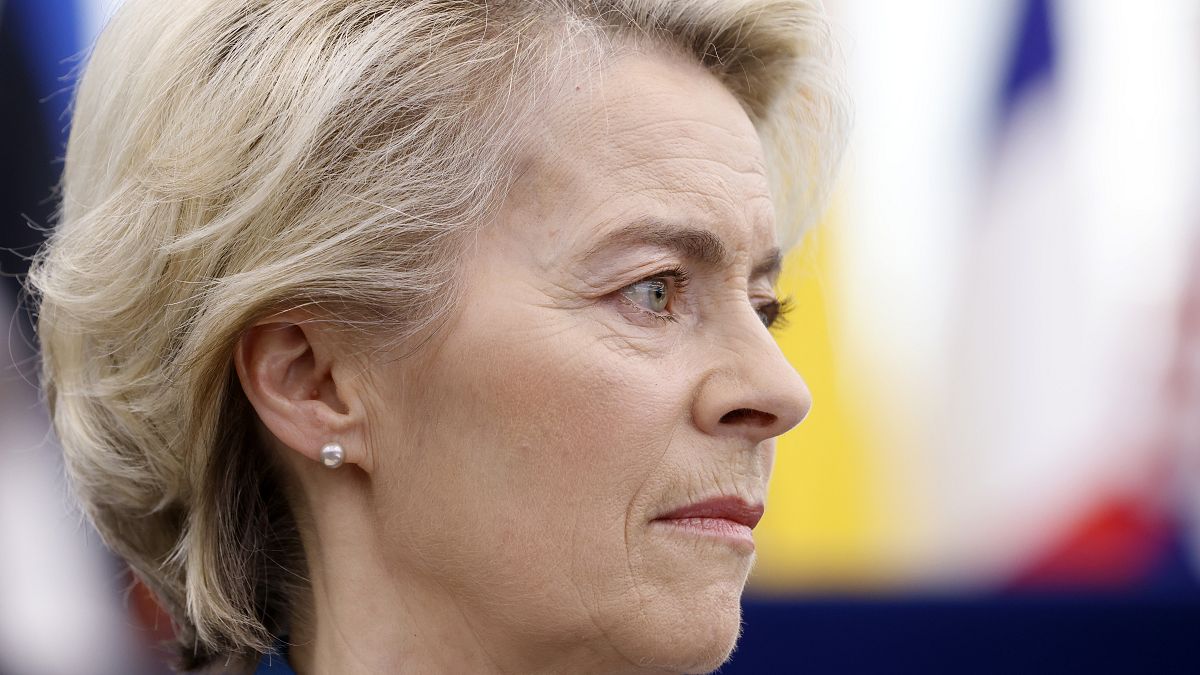
 World1 week ago
World1 week agoIf not Ursula, then who? Seven in the wings for Commission top job
-
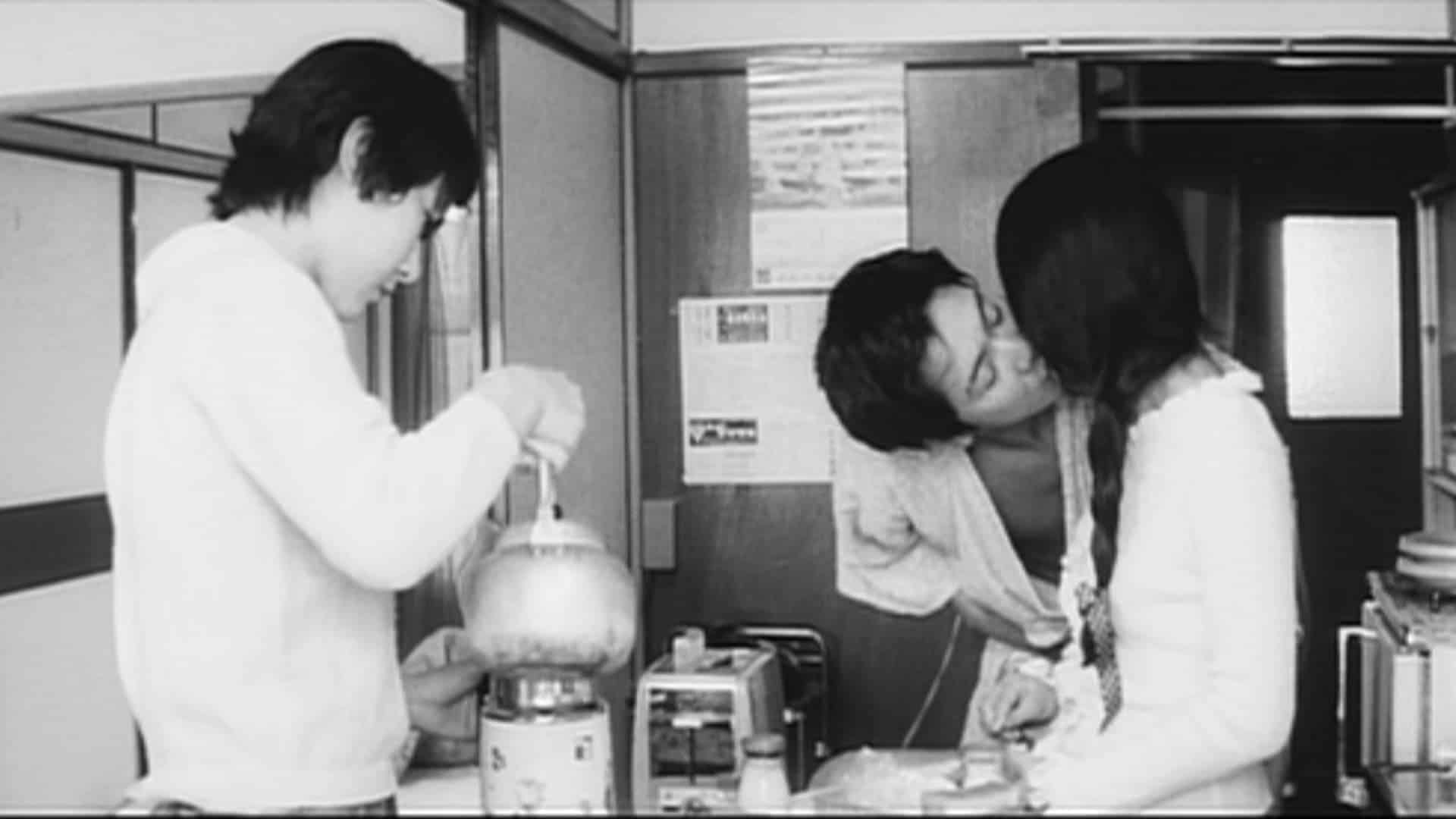
 Movie Reviews1 week ago
Movie Reviews1 week agoFilm Review: Season of Terror (1969) by Koji Wakamatsu
-
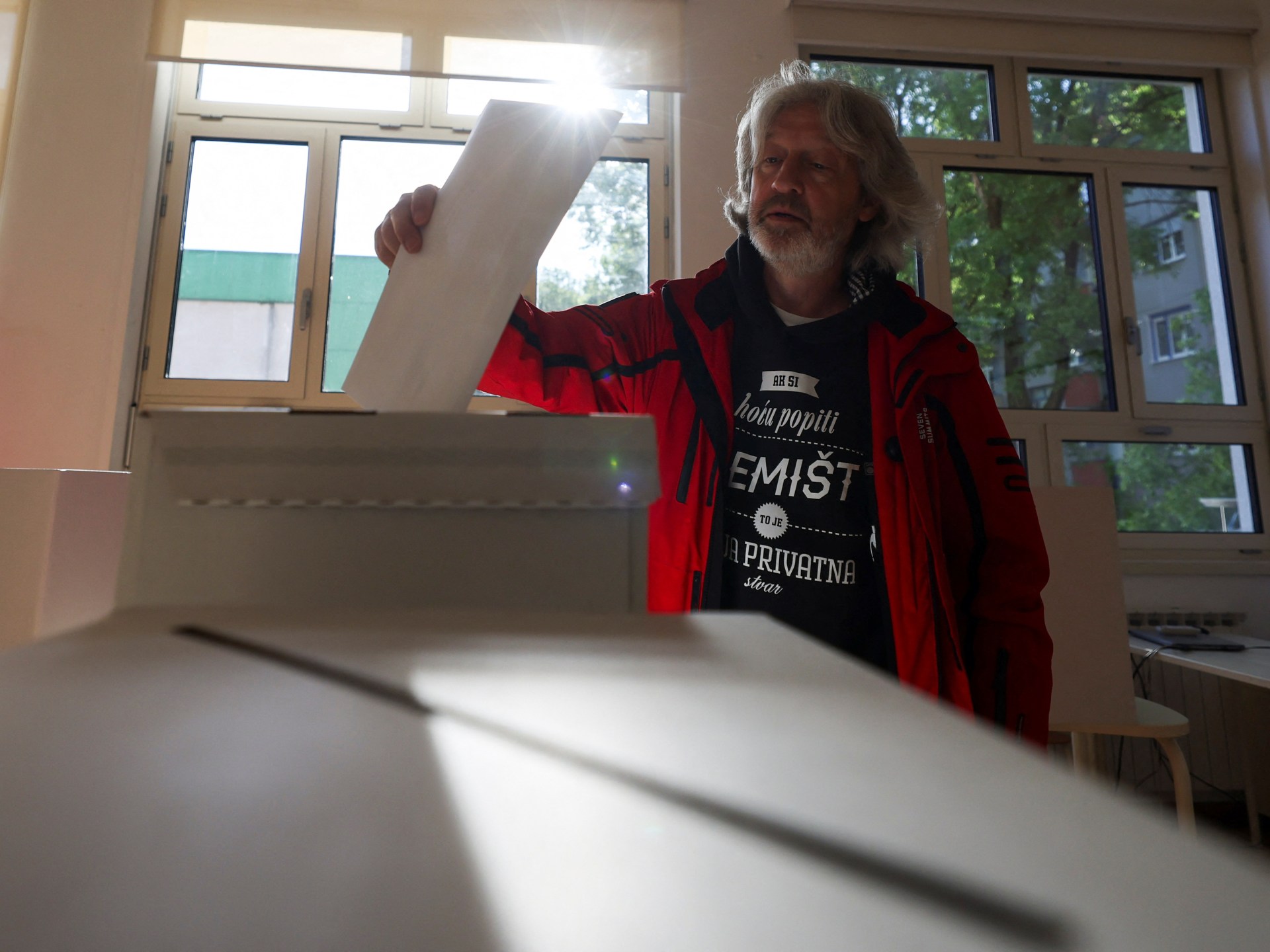
 World1 week ago
World1 week agoCroatians vote in election pitting the PM against the country’s president
-

 News1 week ago
News1 week agoGOP senators demand full trial in Mayorkas impeachment
-

 Politics1 week ago
Politics1 week agoTrump trial: Jury selection to resume in New York City for 3rd day in former president's trial
-
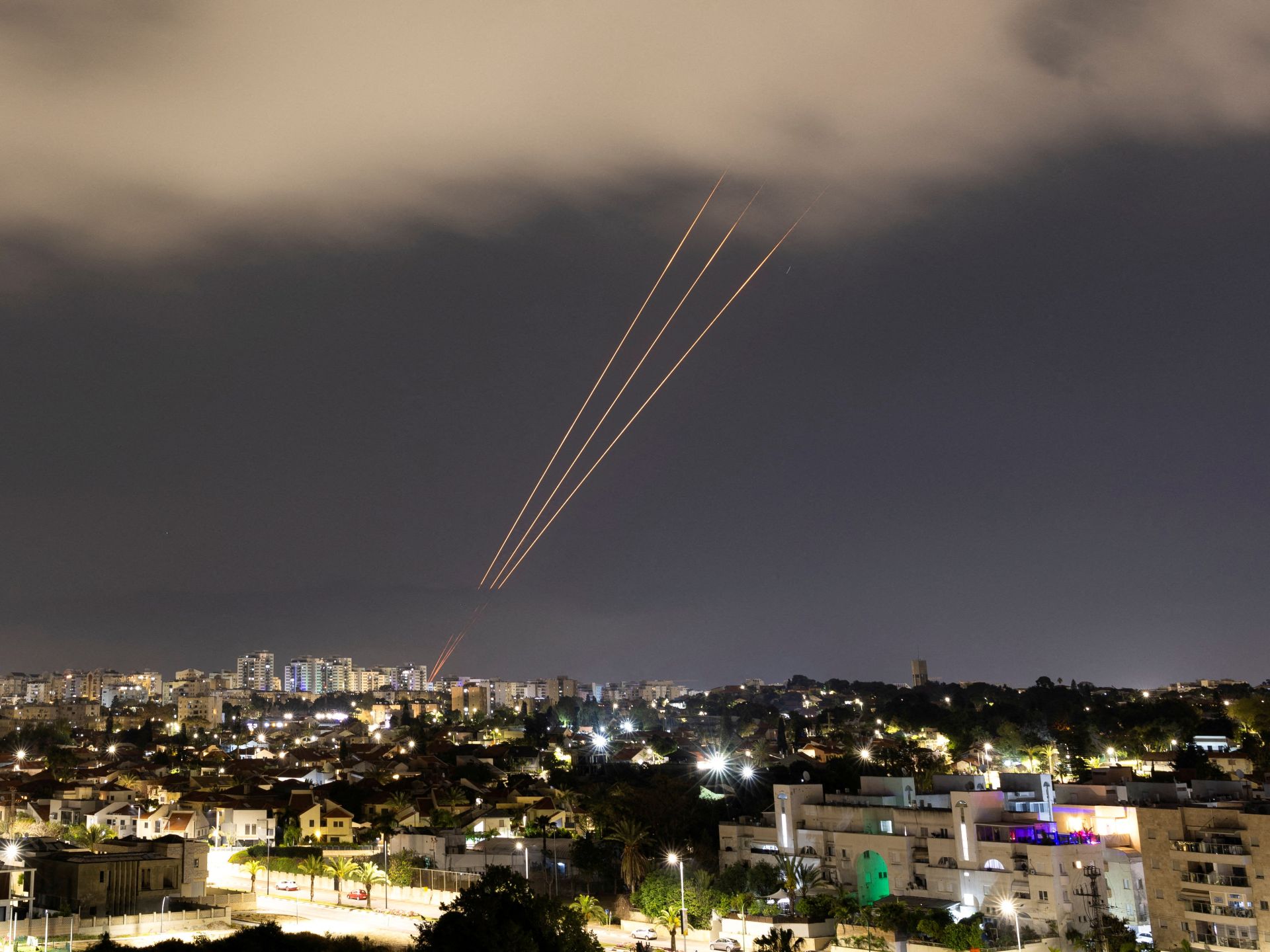
 World1 week ago
World1 week agoThe Take: How Iran’s attack on Israel unfolded
-

 World1 week ago
World1 week ago'You are a criminal!' Heckler blasts von der Leyen's stance on Israel
-

 Movie Reviews1 week ago
Movie Reviews1 week agoMovie Review: The American Society of Magical Negroes


